This West African city—long synonymous with the uttermost end of the Earth—was added to the Unesco World Heritage List in 1988, many centuries after its apex. Timbuktu was founded by nomads in the twelfth century and it rapidly became a major trading depot for the caravans of the Sahara Desert. It has often been invoked as a symbol as a mysterious and exotic place on Earth. Timbuktu city boasts a rich and fascinating history. it was once a thriving center of science and the starting point of Islam throughout Africa. Although the city and maintains a permanent population, as well as a place to store the greatest collection of ancient manuscripts of Timbuktu slowly recedes before approaching the Sahara desert. The main problem is the local desertification, as in there are big dunes and the streets are often buried under windblown sand. The temperature then increased too, often fever was recorded at above 55 ° C. The good news is that in the cool waters of the Niger can dip only 24 km from the city. Nowadays, Timbuktu is in the hands of Islamist rebels who captured the city from a secular rebel group in June. Most of the area’s population has fled to non-rebel controlled areas of Mali or Niger. The rebels have imposed sharia law, which includes mandatory veils for women, the stoning of adulterers, and punitive “amputations” for thieves. The rebels have called for the destruction of all of the city\’s shrines, which they believe to be a form of idolatry banned by Islam. It appears most, if not all, of the shrines have been destroyed.

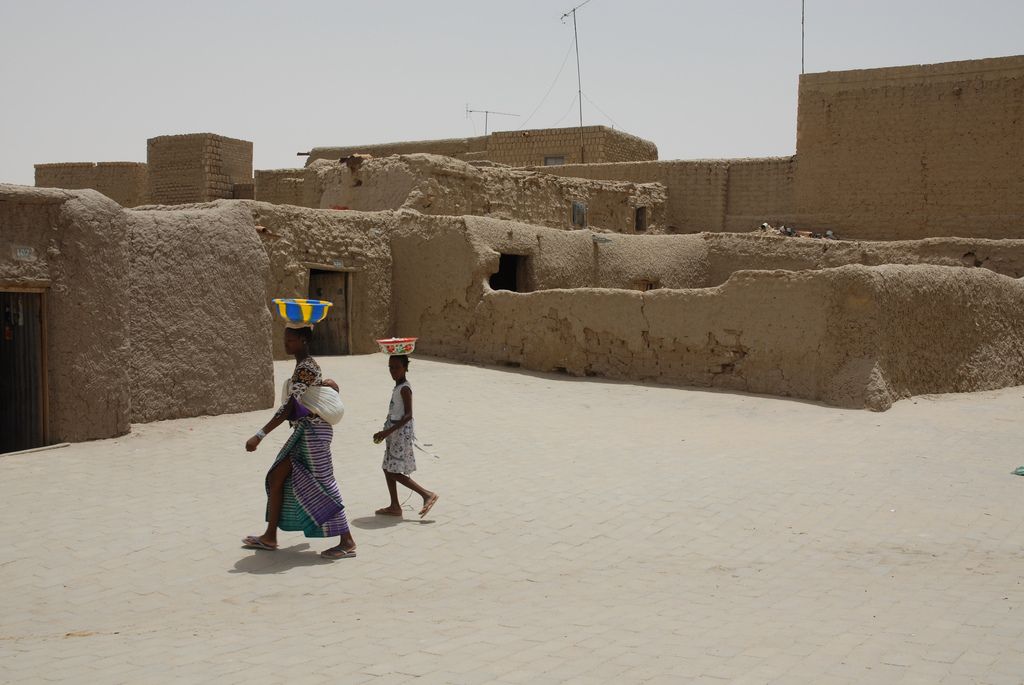
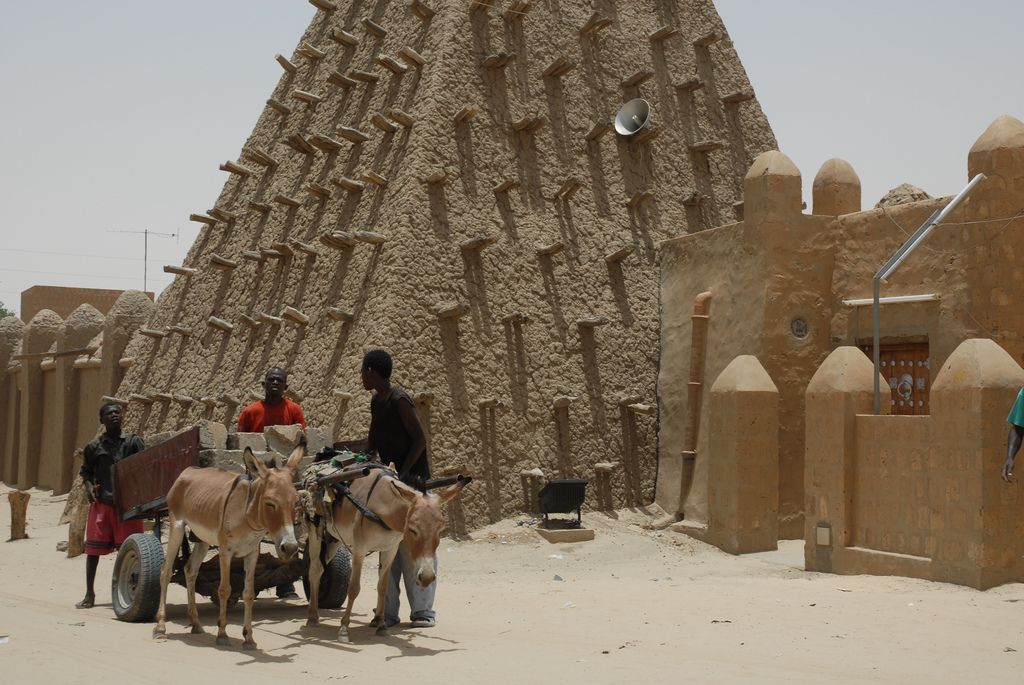
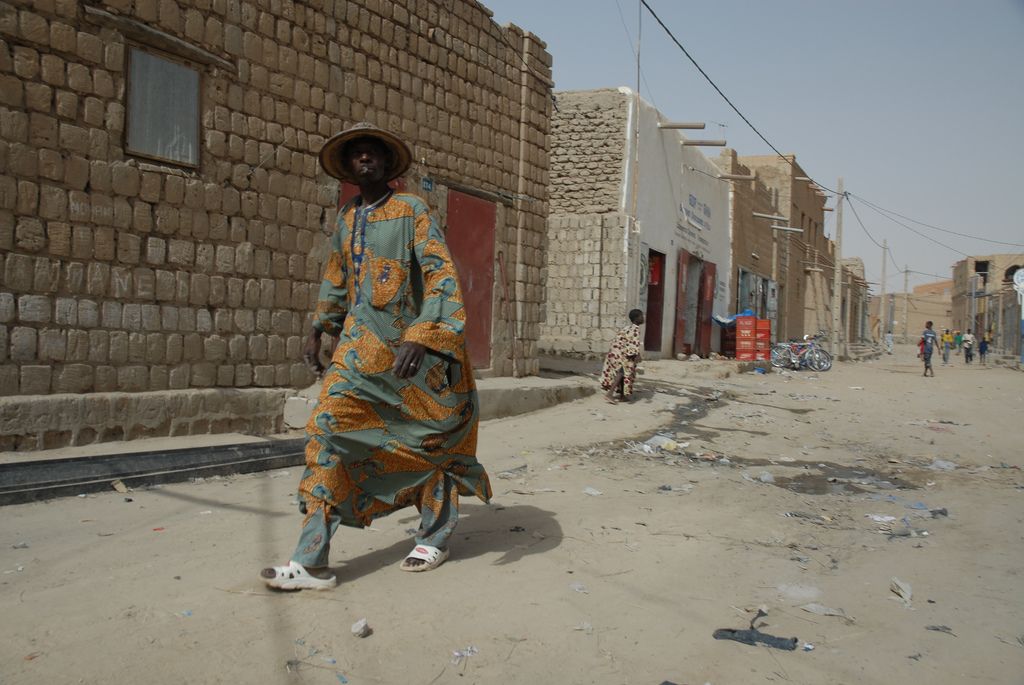
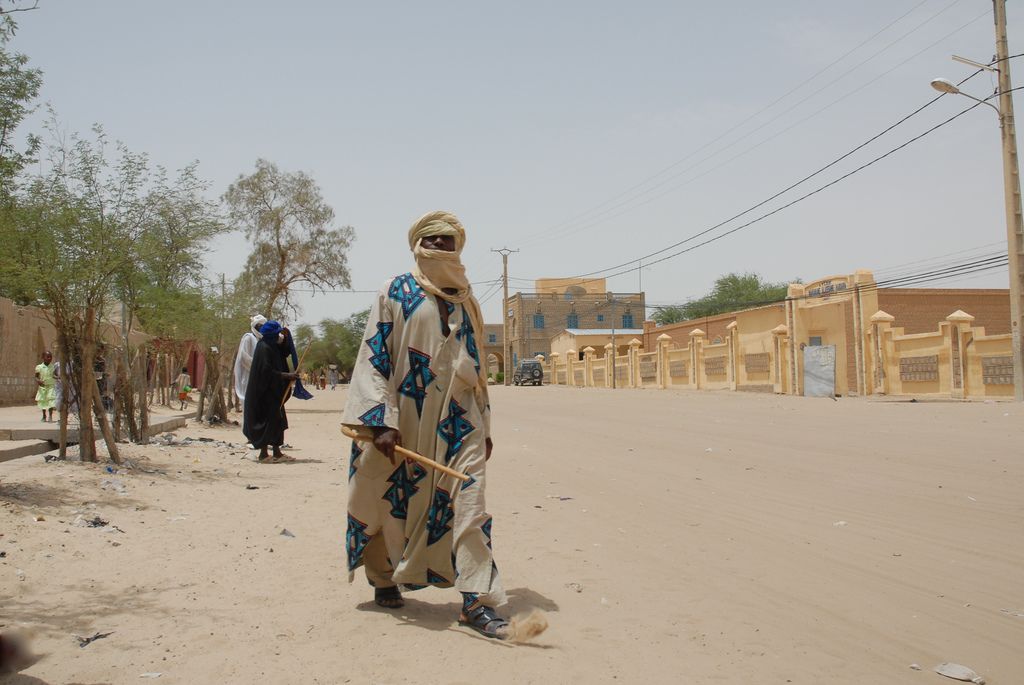

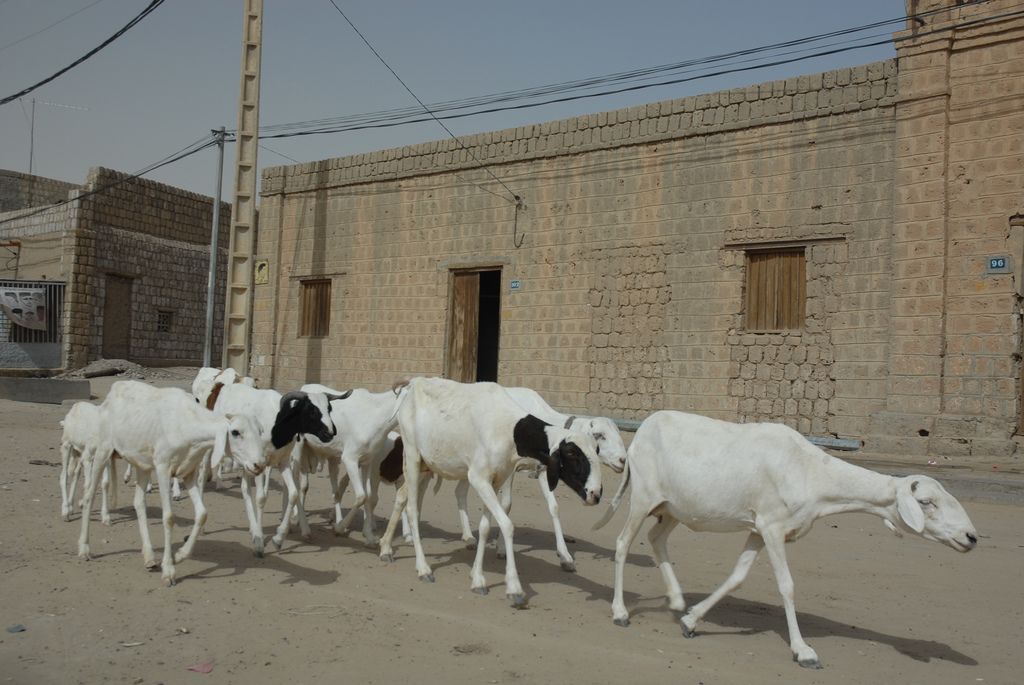
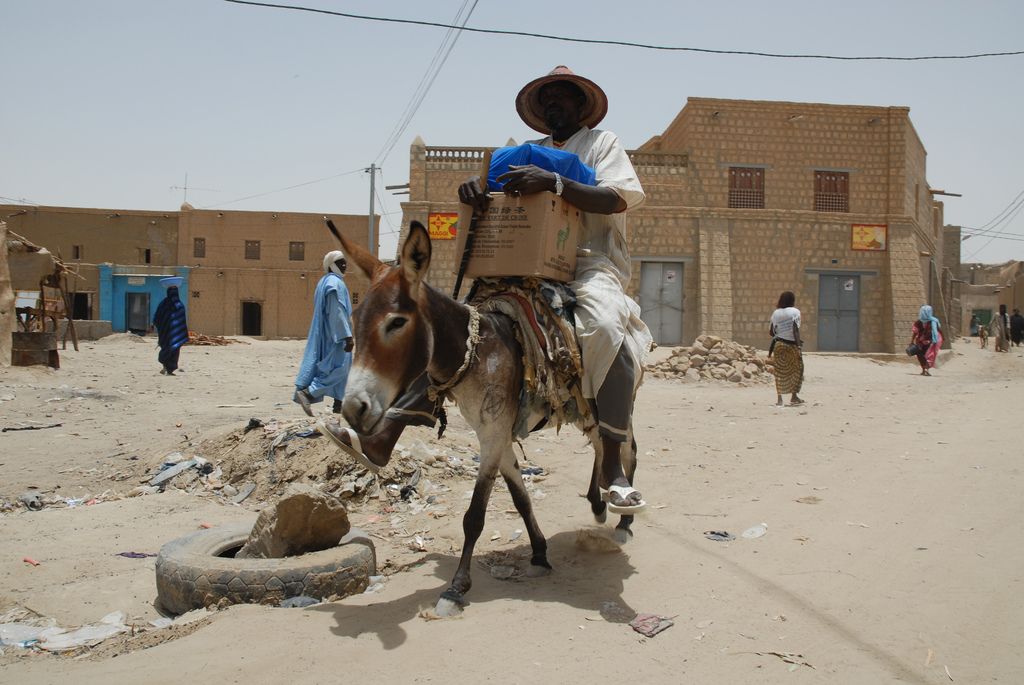
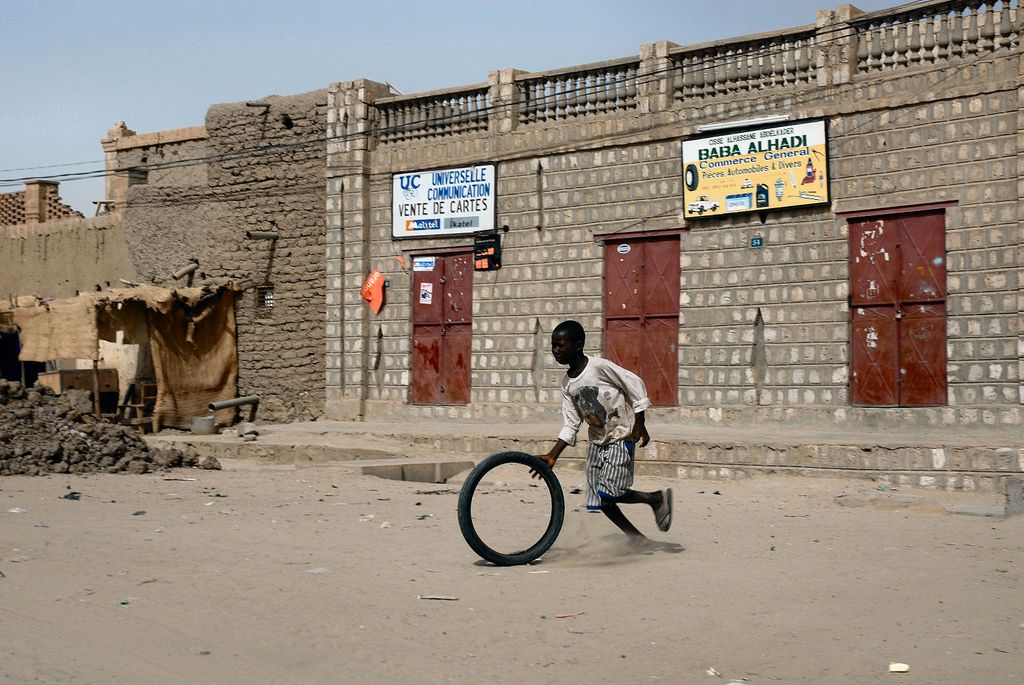

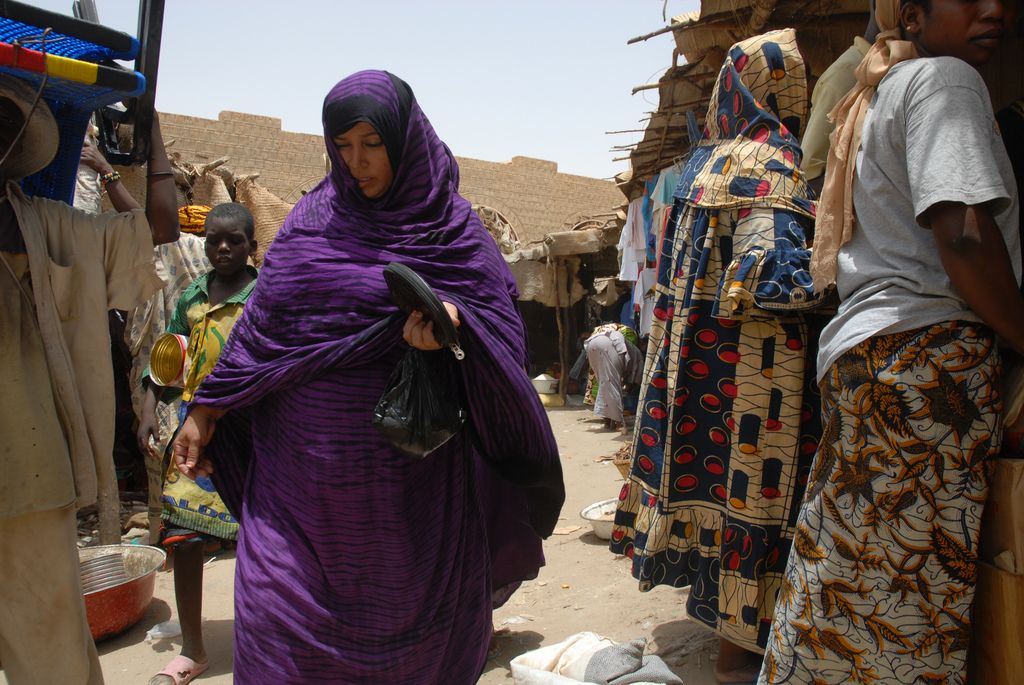

credit: Emilio Labrador
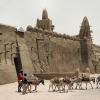
 Typical Symbols of England on th...
Typical Symbols of England on th...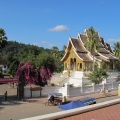 Luang Prabang – UNESCO Wor...
Luang Prabang – UNESCO Wor... Vinales Valley – UNESCO Wo...
Vinales Valley – UNESCO Wo... Mosetlha Bush Camp at Madikwe Ga...
Mosetlha Bush Camp at Madikwe Ga...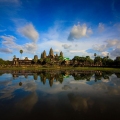 Angkor Wat – UNESCO World ...
Angkor Wat – UNESCO World ...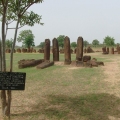 UNESCO Wassu Stone Circles
UNESCO Wassu Stone Circles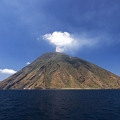 Stromboli – The Most Activ...
Stromboli – The Most Activ...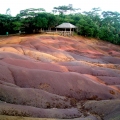 The Seven-coloured earth of Cham...
The Seven-coloured earth of Cham...










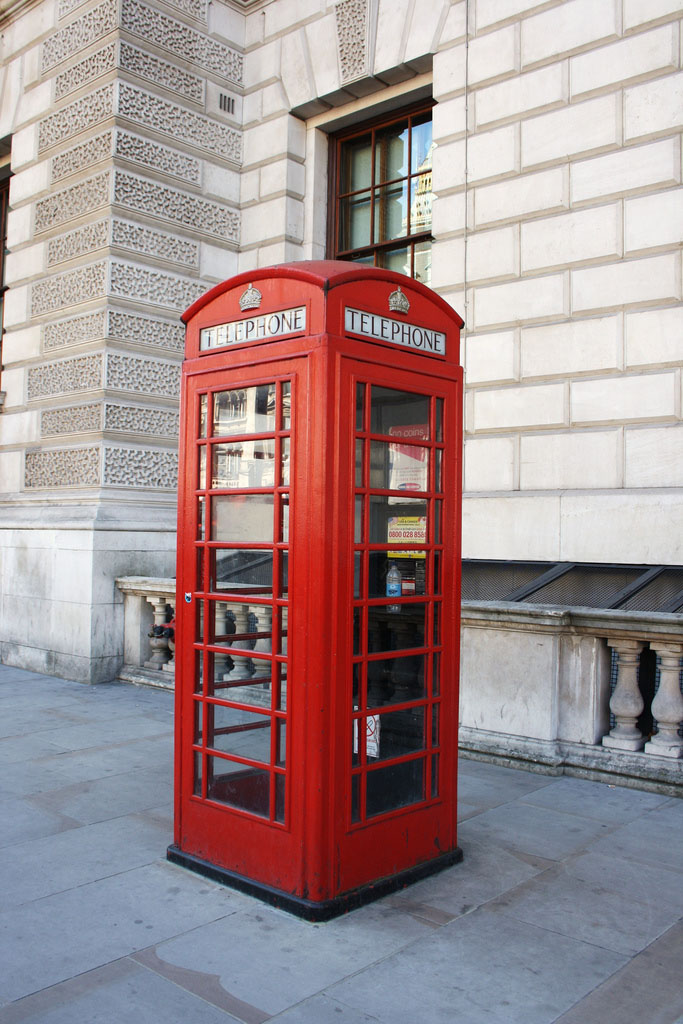
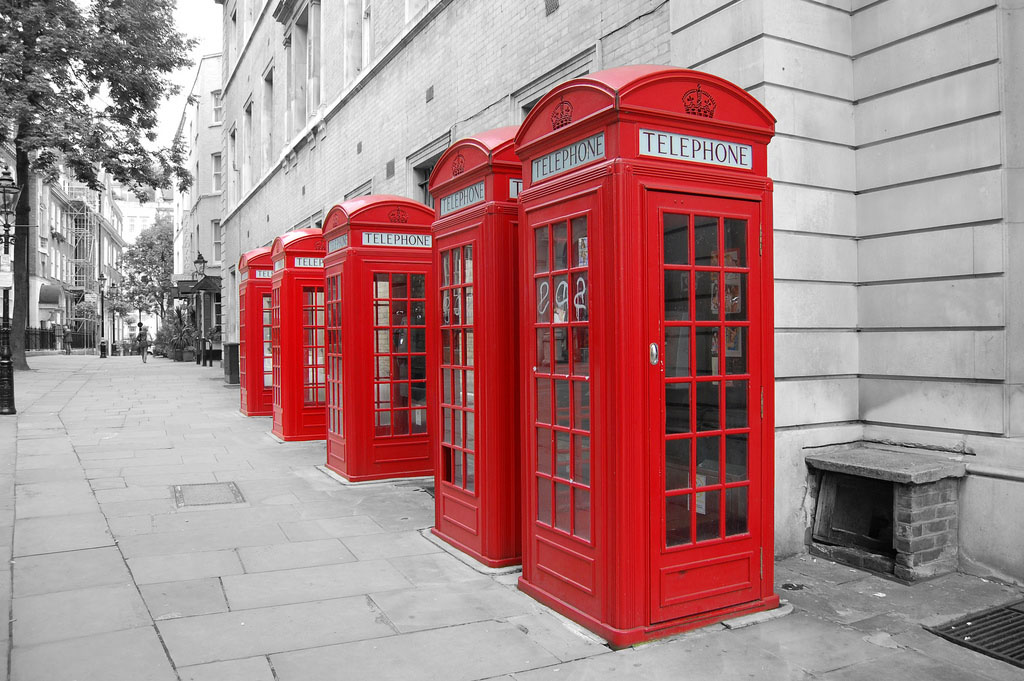
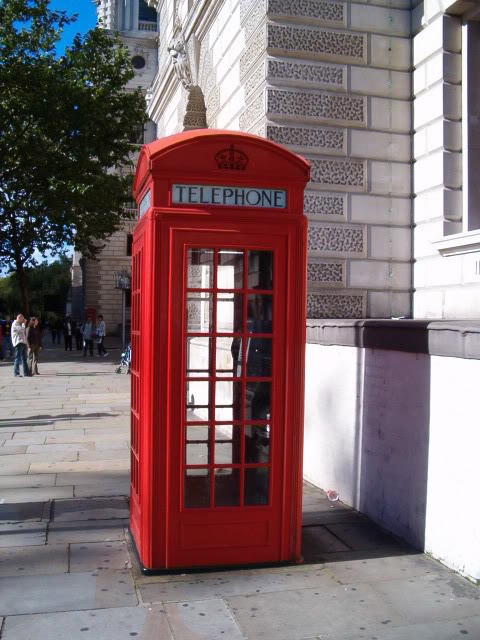
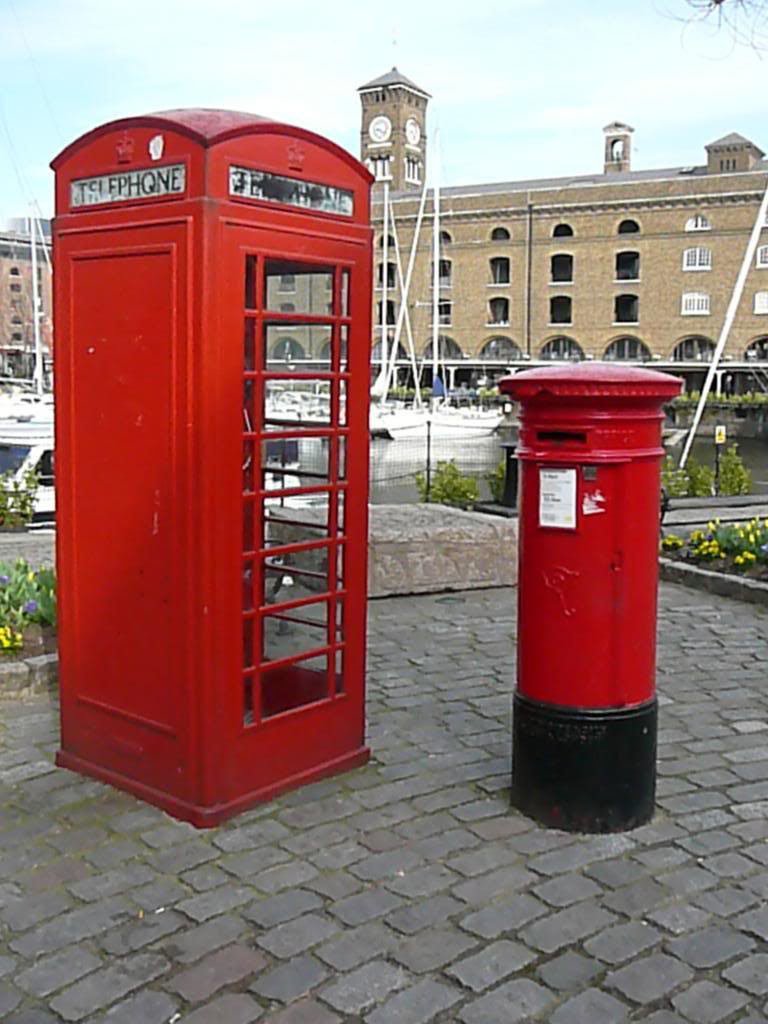
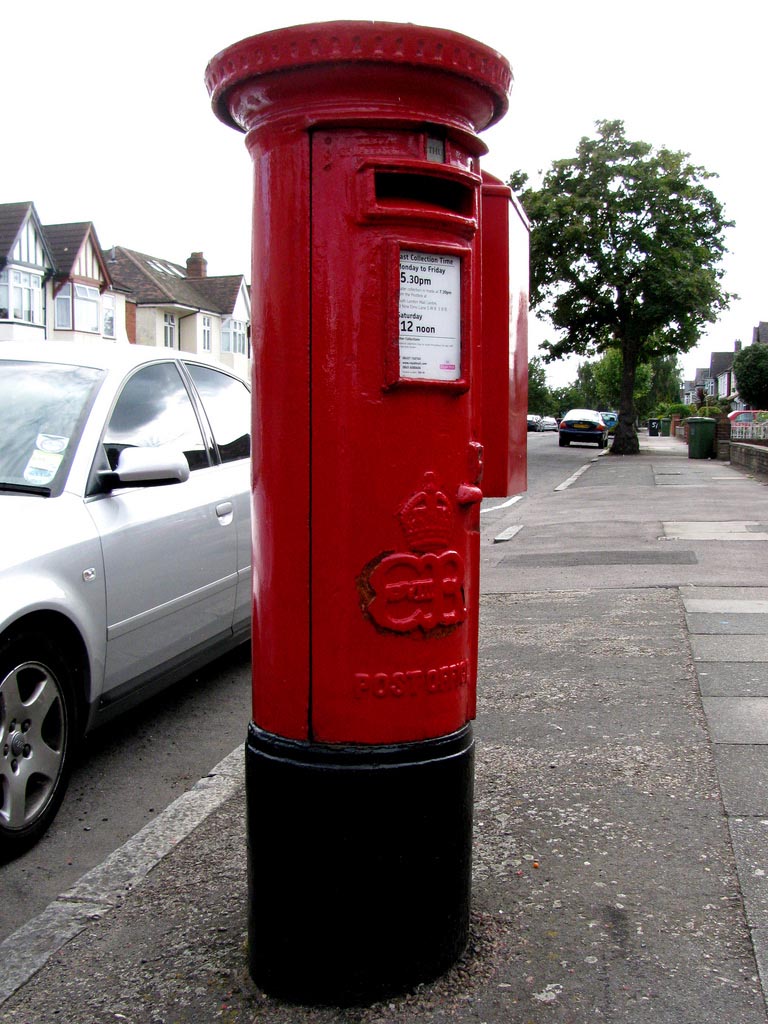
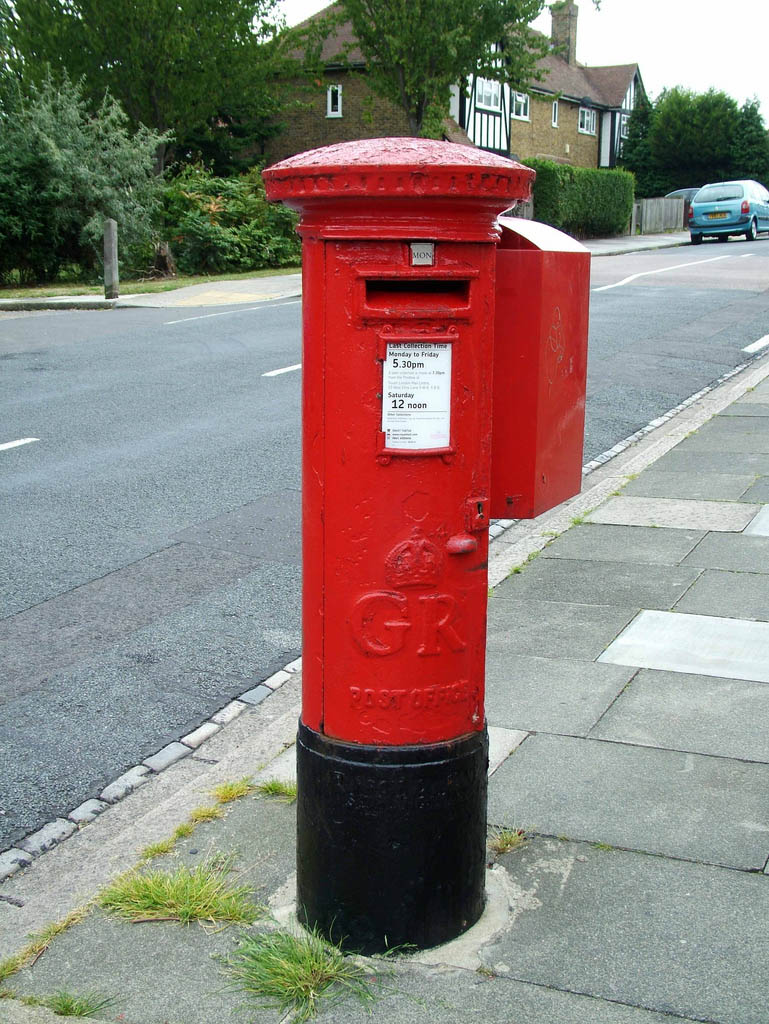
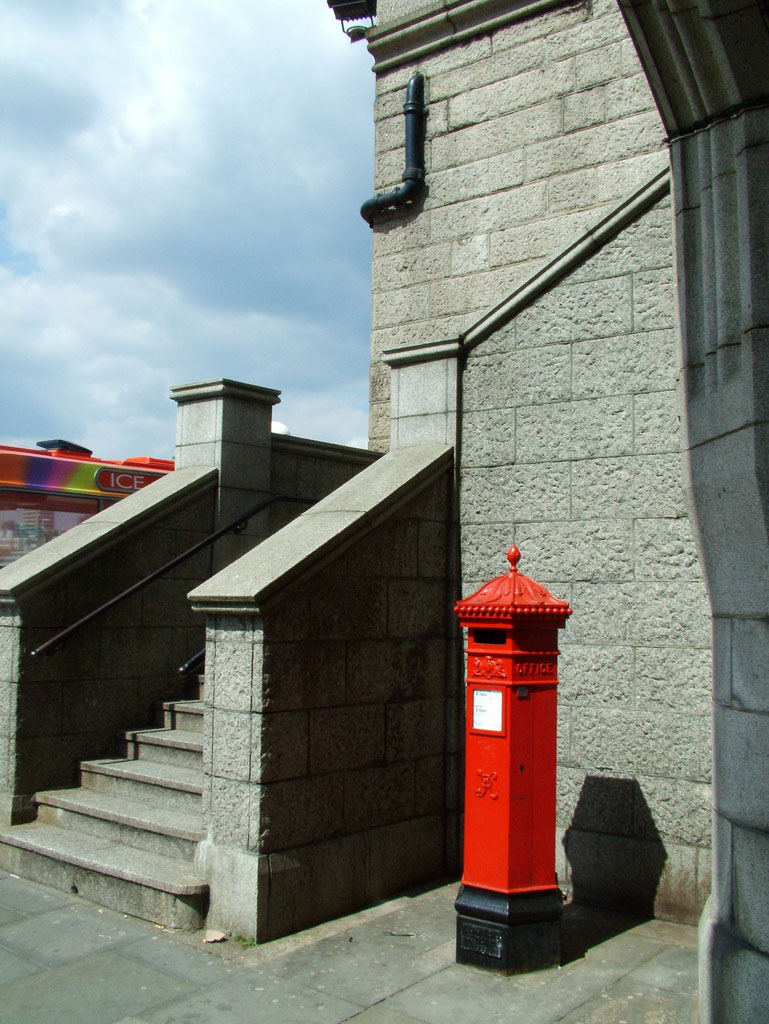
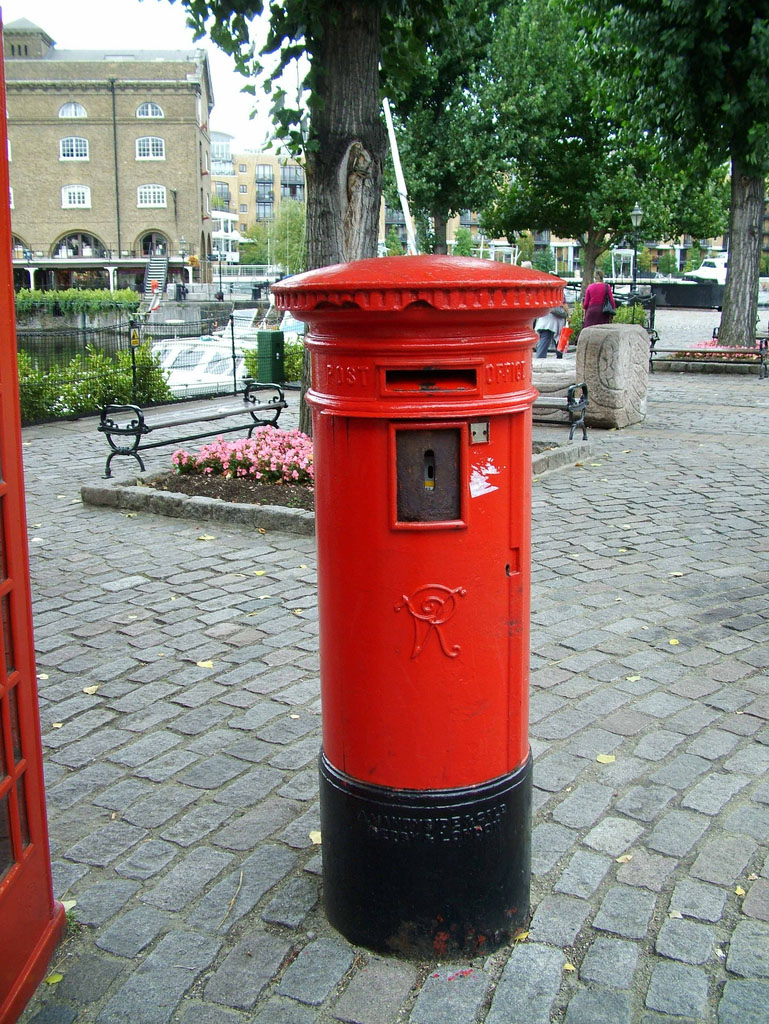
 Red telephone Boxes aka Street A...
Red telephone Boxes aka Street A... The London Light Lumiere Festiva...
The London Light Lumiere Festiva... The Angel of the North, England
The Angel of the North, England London College of Fashion Exhibi...
London College of Fashion Exhibi... Winter Wonderland in Hyde Park, ...
Winter Wonderland in Hyde Park, ... Tower of London in November
Tower of London in November Madame Tussauds – Wax Muse...
Madame Tussauds – Wax Muse... Typical Street Scene in Timbuktu
Typical Street Scene in Timbuktu


